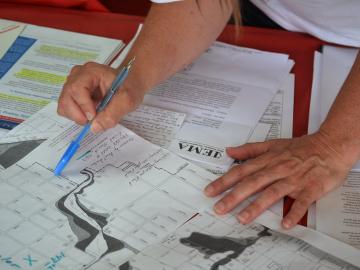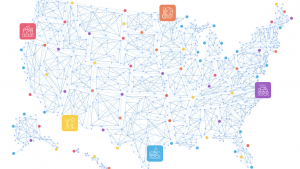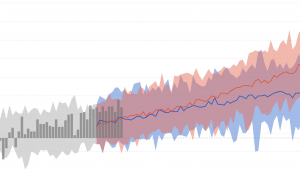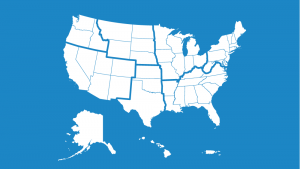Develop a timeline and milestones to mark your progress
Decide which option(s) should be implemented in what order, and lay them out in a detailed plan. Actively involve community members who will invest in the plan. Recognize that some groups may take responsibility or make a major contribution for specific parts of the plan. Groups may also find funds, win grants, or recruit volunteers to implement various facets of the plan.
Select a project management method to document your plans
In building your timeline, consider a phased approach with discrete milestones. As the first steps can be among the hardest, you may want to include some easy-to-implement options early in the process to help you build a track record of wins. Include a strategy for communicating your efforts via press releases and/or social media. Make contingency plans for acknowledging and correcting strategies that don’t turn out as well as you planned.
Encourage people to formalize commitments of time and resources that will meet the timeline you’ve developed. Alternatively, be prepared to adjust your schedule to meet the community's abilities to find or contribute resources. Where possible, build in flexibility, alternatives, and redundancies to accomplish the most important parts of the plan.
Be sure to document your plan and share it widely. Include a narrative that summarizes
- the assets and hazards you considered
- the potentially exacerbating climate- and non-climate-related stressors you identified
- actions that were considered and which were selected, and why
- anticipated costs, benefits, and outcomes of the plan
- phases of the plan’s implementation, with estimated timelines to completion, and
- how progress and results will be monitored and reported over time.
Ensure that your plan is transparent and inclusive: be sure to cite your sources for important data and information that isn’t common knowledge. Publish your plan at an accessible, easily accessible location.
Consider that any infrastructure project you plan, once underway, will have some impact on the community. Additionally, construction projects may temporarily exacerbate the impacts of some hazards. For example, project involving culvert installation, road construction, and other civil engineering may change the course of stormwater flows or restrict traffic movement. Ensure that you plan carefully to minimize disruptions that can result from implementing a solution.

















